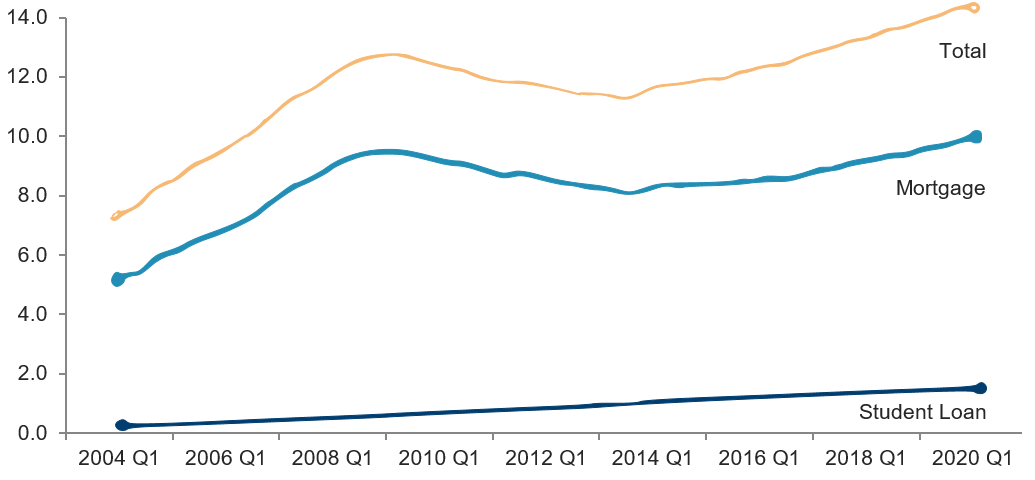Will American Students Be Free of Mortgage in Near Future?
Published on 04 Feb, 2021

Students in the US have been carrying the burden of student loan for years now. Several students are unable to afford the expensive tuition fees. The new government under Joe Biden plans to bring about major changes which would make life simpler for students in the future and make higher education more affordable for lower income groups. This would make more residents eligible for high skill jobs and reduce the unemployment rate.
After swearing in as the new president of the US, Joe Biden initiated measures to fulfill the promises made to voters. One among the several issues the new government would be addressing is the rising student loans.
Since the past few decades, student loans in the US have been increasing at an alarming rate. As per a report by CNBC, the gross student loan (availed by 42 million borrowers) has grown over 100% in the past 10 years; it reached USD 1.7 trillion in the third quarter of 2020.
U.S. Household Debt (Trillions)

Source: New York Federal Reserve
- Although the amount does not even account for a seventh of the nation’s debt, it is a concern for students from low-income households. The sudden outbreak of the COVID-19 pandemic in 2020 worsened the situation as numerous students were unable to find work and start debt repayment. The abrupt spike in the unemployment rate created a bleak situation for both the students and the country.
- The new government under President Biden is trying to make the situation better. It plans to forgive student loan debt and make college education free for some sections of the society.
Some of the measures included by President Biden in his plan are as follows:
|
Waive off a minimum of USD 10,000 of loan per student on an immediate basis |
Waive off the remaining amount after 20 years without tax burden |
Cancel monthly interest-bearing payments for students with annual family income less than USD 25,000 |
Waive off an additional USD 50,000 of federal loan for those contributing through public service |
Moreover, President Biden aims to make public colleges and universities tuition-free for students from households with annual income less than USD 125,000.
This would ease the burden on students and make higher education for those from low-income families affordable. In the long run, this would open avenues for employment for citizens and further reduce the dependence on immigrants for high skilled jobs. These steps may further increase the nation’s debt; nonetheless, President Biden is planning to offset the loss with the tax exemption given to the high-income category on incurring high business losses.
As per higher education expert Mark Kantrowitz, “Forgiving USD 10,000 in federal student loan debt per borrower would cost USD 377 billion and would eliminate all federal student loan debt for about a third of borrowers. If loan forgiveness were limited to just borrowers who owe USD 10,000 or less, the cost would be USD 75 billion.”
Waiving off student loan because of the high unemployment rate due to the pandemic may provide relief for some time; however, the total student loan would continue to increase if fees for undergraduate and graduate programs are significantly high. On the other hand, capping the fees for colleges and universities would bring about a lasting change. This would provide major relief to the existing student loan bearers. Moreover, it would make education affordable for locals and improve domestic hiring for businesses which would further ease the immigration costs, resulting in a better economy.
The Levy Economics Institute of Bard College had published a study in February 2018. As per the study, cancellation of the total outstanding student debt of about USD 1.4 trillion by the government would boost the nation’s GDP by up to USD 108 billion a year on average for the next 10 years.
President Biden has extended the moratorium period for repayment of federal student loans for the next eight months, at least. According to the Federal Reserve, the monthly payment toward student loan ranges between USD 200 and USD 299. Hence, extending the moratorium for eight months would reduce the burden on households to manage their credit in a better way without impacting their credit score.
Many experts opine that this is a good start toward making higher education tuition-free; this would provide permanent relief from the heavy burden of student debt.
